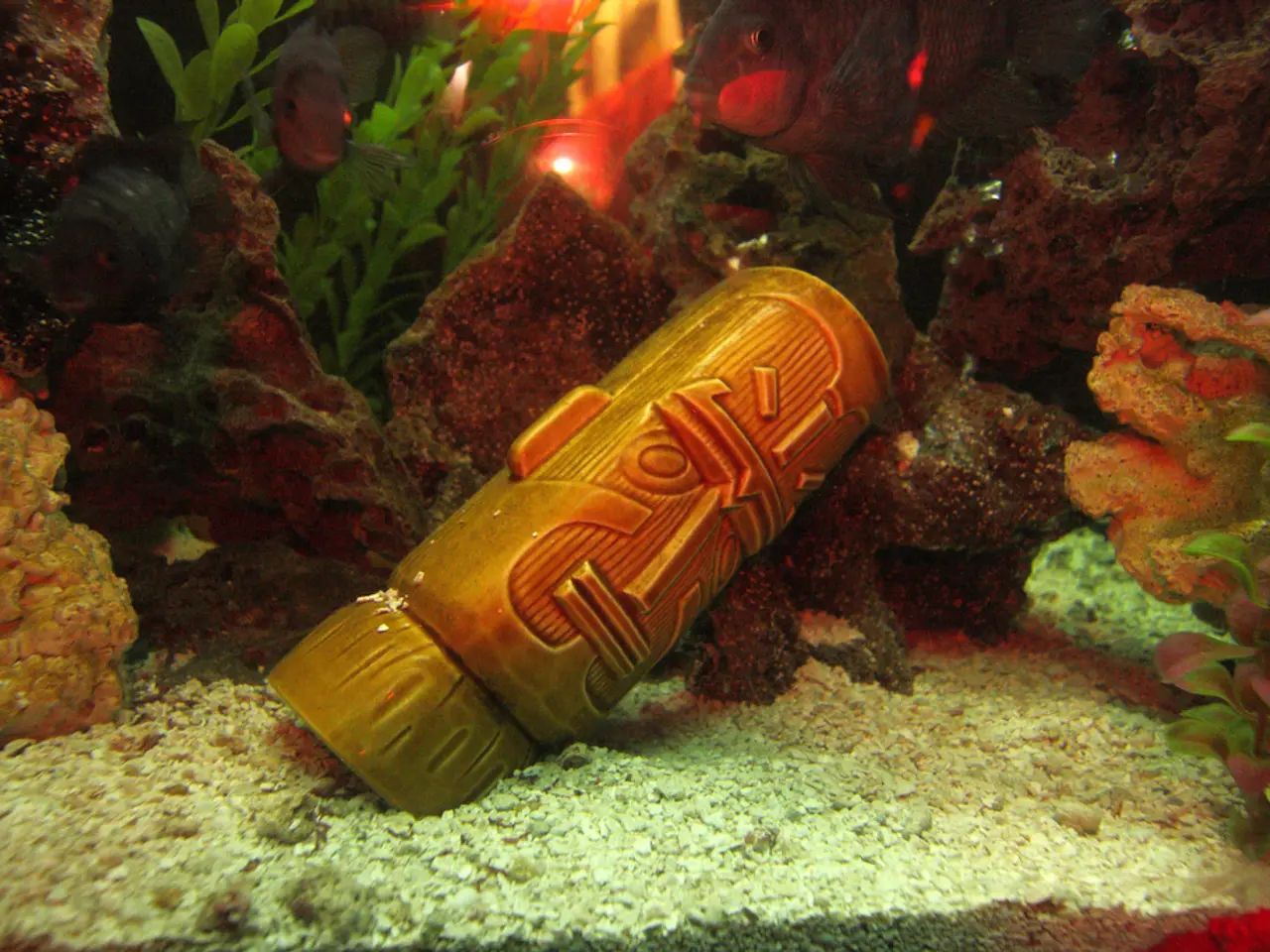Terrarium Illumination: Top Picks for Natural and Grow Lights
In the world of terrarium gardening, providing proper lighting is key to nurturing healthy, vibrant plants. This article will guide you through understanding light requirements, selecting suitable natural and artificial lighting, and maintaining consistent light schedules for optimal growth.
### Understanding Terrarium Light Requirements
When it comes to light intensity, most terrarium plants thrive in bright indirect light. Direct sunlight is usually too harsh, causing excessive evaporation and leaf burn. Aim for a light environment that offers 10 to 16 hours of light daily to support photosynthesis and growth.
The quality of light is equally important. Aim for lights in the 5,000 to 6,700 Kelvin range, which simulate natural daylight and provide a spectrum beneficial for photosynthesis. To ensure even light distribution, rotate the terrarium periodically to prevent uneven growth or shading.
### Best Natural Lighting for Terrariums
Position your terrarium near a window with filtered or indirect sunlight. Use sheer curtains or place the terrarium in a spot where light is soft and diffused rather than direct. Avoid placing terrariums in direct sun to prevent overheating and leaf damage.
### Recommendations for Grow Lights
LED grow lights are highly recommended due to their energy efficiency and suitable light spectrum. Use cooler bluish LEDs (5,000 to 6,500 K) for promoting photosynthesis. Warm white LEDs can also be used, but ensure they match the plant needs and do not cause overheating.
Use a timer to maintain a consistent light cycle, mimicking natural day length. Advanced lighting setups can simulate natural light patterns, with gradual brightness and color temperature changes throughout the day, promoting healthier plant growth.
### Practical Tips
Monitor your terrarium’s plants regularly to check for signs of too much or too little light. Pair lighting with proper watering and pruning to maintain a thriving, balanced ecosystem. Consider using specialized grow lamps designed for terrariums, moss, orchids, and houseplants for optimized results.
By following these practical guidelines—providing bright indirect light, choosing the right artificial lighting, and maintaining consistent lighting schedules—you can create a thriving, visually appealing terrarium that enhances your living space and supports plant health.
To achieve a thriving terrarium that fits well within your home-and-garden lifestyle, ensure your terrarium receives bright indirect light, mimicking 10 to 16 hours of daily light for photosynthesis and growth. LED grow lights, specifically those with a cooler bluish spectrum (5,000 to 6,500 K), are recommended for providing suitable light for terrarium plants.




